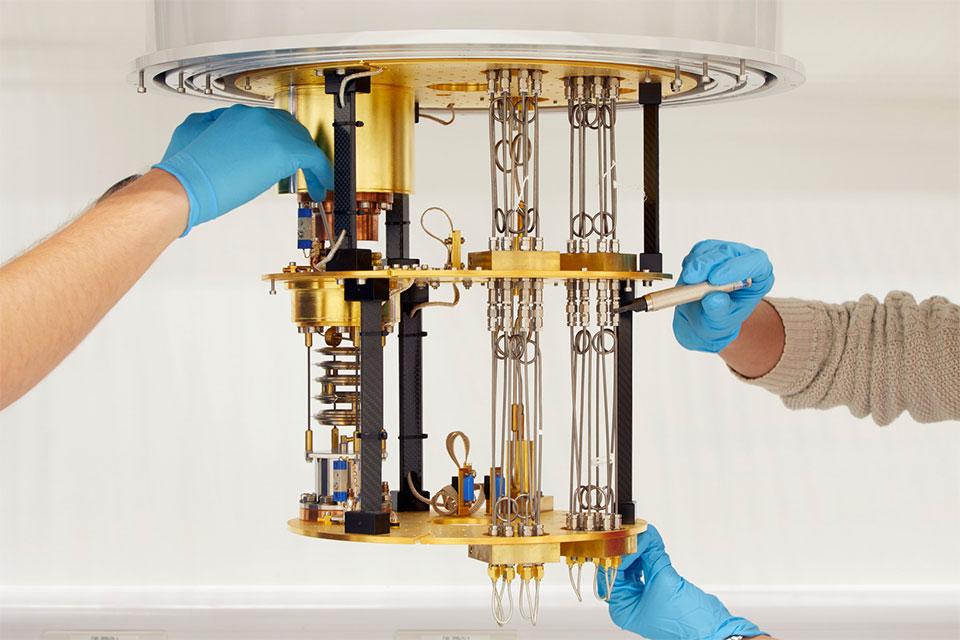Clarendon Laboratory, Department of Physics, University of Oxford, Parks Road, Oxford, OX1 3PU
Prof Nic Shannon (OIST)
Yb2Ti2O7 is pyrochlore magnet with highly anisotropic exchange interactions, whose enigmatic low-temperature properties have attracted interest for more than fifty years. While some samples have been discussed as a candidate quantum spin liquid, Yb2Ti2O7 is now generally understood as system with a ferromagnetic (FM) ground state, lying close to a phase boundary with antiferromagnetic (AFM) order. Many of the unusual properties of Yb2TI2O7 can then be understood as consequences of "multiple-phase competition", in which the system fluctuates locally between FM and AFM spin configurations [1].
One particular feature of Yb2Ti2O7 which has excited attention are the characteristic "rods" observed in quasi--elastic neutron scattering above its Curie temperature [2,3]. It has been suggested that these rods are dynamical features, characteristic of multiple-phase competition [1]. However, since these rods occur at energies of less than 1 meV, it has never previously been possible to resolve their dynamical properties.
In this talk, we present new inelastic neutron scattering data for Yb2Ti2O7, measured using a backscattering spectrometer with energy resolution of 3 \mu eV [4]. These experiments reveal that rods of scattering are indeed dynamical features, which satisfy an unusual dynamical scaling relation, analogous to that found near a quantum critical point. We develop an phenomenological theory of this dynamical scaling, within the scenario of multiple-phase competition, and show that this provides a good account of experimental data. This picture is further confirmed through molecular dynamics (MD) simulations of a microscopic model of Yb2Ti2O7.
These results provide further evidence of the validity the multiple-phase competition scenario for Yb2Ti2O7, and suggest that anomalous dynamical scaling may be generic to frustrated systems with competing ground states.
[1] H. Yan et al., Phys. Rev. B 95 094422 (2017)
[2] P. Bonville, et al., Hyperfine Interact. 156, 103 (2004)
[3] K. A. Ross et al., Phys. Rev. Lett. 103, 227202 (2009)
[4] A. Scheie, et al., Phys. Rev. Lett. 129, 217202 (2022)

